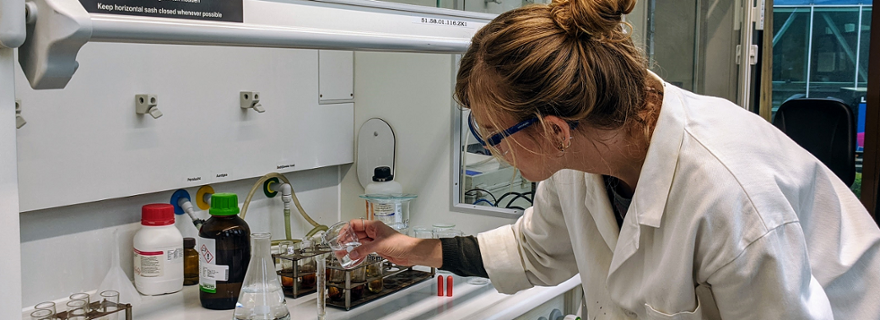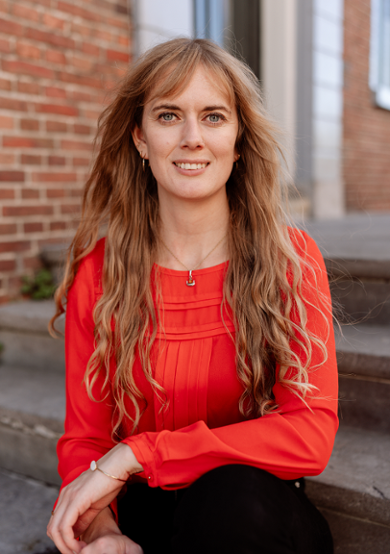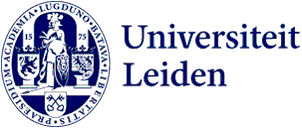
ERC grant for Nathalie Brusgaard's investigation into complex relationship early farmers and wild animals
The European Research Council (ERC) has awarded a prestigious Starting Grant to Leiden archaeologist Dr Nathalie Brusgaard. With this €1.5 million grant, Brusgaard will investigate how the transition to farming in Western Europe affected the relationship between humans and wild animals. A theme that, strikingly, has so far remained largely unexplored.
A complex relationship
'When we talk about the transition to farming, we often immediately think of domestication: people start keeping cattle, pigs, sheep, and goats, and cultivating crops. But what did that actually mean for their interactions with wild animals? They didn’t just disappear from the landscape,' says Brusgaard. 'It’s often assumed that people simply hunted less and focused more on their livestock. But archaeological evidence shows that the relationship with wild animals was far more complex.'

Ongoing interaction
Brusgaard’s project goes beyond the usual economic narrative. Yes, farmers focused more on domesticated animals, but that does not mean that their relationship with wild animals disappeared. 'We still find many remains of wild animals in Neolithic settlements. They were not only used as food but also processed into tools. So there was still a form of dependence. That interaction between humans and wild animals doesn’t just vanish.'
The central question, therefore, is: how did that relationship change? Did people primarily experience wild animals as a nuisance, or were there also positive, symbolic, or cultural dimensions? 'A farmer today still suffers from wild animals—think of a wolf taking a sheep. But wild animals can also play a role in identity and ritual. In Central Germany, for example, a deer antler mask was found in a prehistoric farming settlement. This mask resembles those of hunter-gatherers and suggests continuity, not rupture.'
Societal impact
Although the research focuses on the past, Brusgaard also hopes to contribute to contemporary debates on human-animal relationships. 'Take the wolf or the beaver, animals that are reappearing in the Netherlands and other European countries. Their return sparks resistance: people claim they no longer ‘fit’ in our society. But these animals lived side by side with humans for tens of thousands of years. We’ve simply forgotten that shared history.'
According to Brusgaard, this is also where archaeology plays an important role: 'It’s not only about data, but also about the narrative. Archaeology can show that coexisting with wild animals has always been part of human life. In doing so, we can contribute to tolerance and awareness. This is sometimes referred to as the ‘soft power of archaeology'.’

A unique approach
The project combines a wide range of scientific methods, from traditional zooarchaeology to cutting-edge biomolecular techniques such as isotope analysis and sedimentary DNA. 'We will analyse bones, study plant remains, identify proteins, and build ecological models to reconstruct habitat shifts. The goal is also to trace those animals that have so far remained invisible in the archaeological record.'
The research focuses on three regions: the Netherlands, Central Germany, and Southern Scandinavia. 'Each of these areas experienced a different transition to farming, with their own cultures and landscapes. By comparing them, we hope to gain new insights into how people interacted with wild animals.'
The five-year project will start on January 1, 2026, and will recruit two PhD candidates and one postdoctoral researcher.
